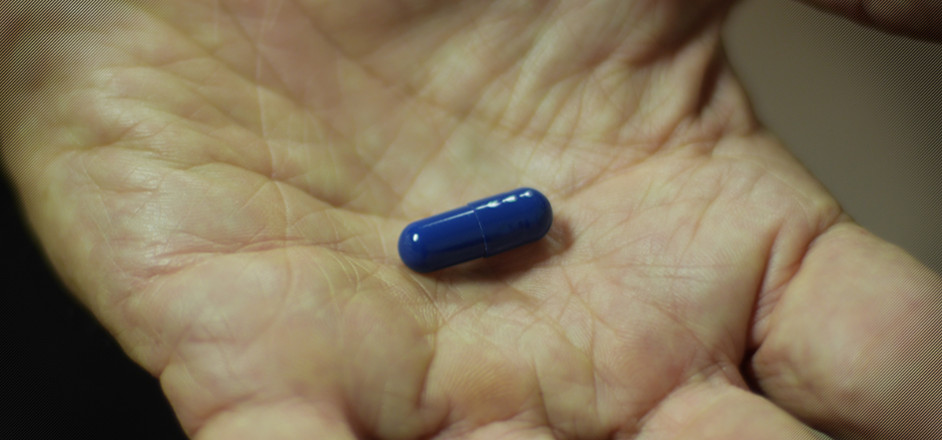Yes, the drug ecstasy — MDMA, molly — can be dicey. Your teeth clench. The comedown's sad. And you might tell your bro you love him — and people are questioning your sexuality enough already.
But a group of scientists in Boulder keeps proving that ecstasy might have as many upsides as downsides — if you use it right.
The scientists did not demonstrate ecstasy's upsides the way so many Boulderites have, by rolling e at the Nitro Club, looking up past the glitter bitties to the dancer's eyes which, they realized, were the same color as the sister they haven't called lately.
No. They did it in the language even non-Boulderite, non-rave-kids speak: with a randomized clinical trial documented in a new scientific paper with charts, graphs, a number called "n" and long words like "reduced amygdalar activity."
What happened was that twenty-eight people suffering from post-traumatic stress disorder — from the army, rape or some other harsh event — were given talky-talk therapy with a trained professional. Then, in three, eight-hour sessions, they were given ecstasy — in its pure form as MDMA — in a Boulder office with soft couches, flowers and low light.
Taking ecstasy with a trained ecstasy therapist is the best way to take ecstasy, unless you push together two couches and fill the trough with velvet pillows, newborn lambs and a couple of your crushes — and it might even be more helpful than that.
Ecstasy allows people to face their problems without being overwhelmed by fear.
The results? A year later, 76 percent of the patients no longer met the criteria for post-traumatic stress disorder.
All with very few side effects. Which, the paper says, suggests MDMA-assisted psychotherapy in a controlled setting has "a favorable benefit to risk ratio."
Past studies have found similar results. So much so that MDMA-assisted psychotherapy is on track to become a legal treatment by 2021 or 2022.
This is a ginormous deal — for both ecstasy and PTSD, both of which could use a shot at redemption:
PTSD is a bummer: 8 percent of Americans will suffer from it at some point — that's 24 million people. They often feel "fragmented and disconnected from self and others," the paper says, "living a story in the distant past [and] not living in present time."
And in 1985 ecstasy was quick-slammed into Schedule One of the DEA codes, up where they lock away the truly hardened drugs for life sentences — even though thousands of Americans testified that ecstasy deserved a better lawyer and a plea bargain.
These trials are ecstasy's chance to show it has a good heart — ecstasy's parole hearing.
The Boulder scientists work for MAPS — the Multidisciplinary Association for Psychedelic Studies. This study was part of phase II of the clinical trials to legalize ecstasy therapy. MAPS has now moved on to the third and final phase.




Leave a Reply